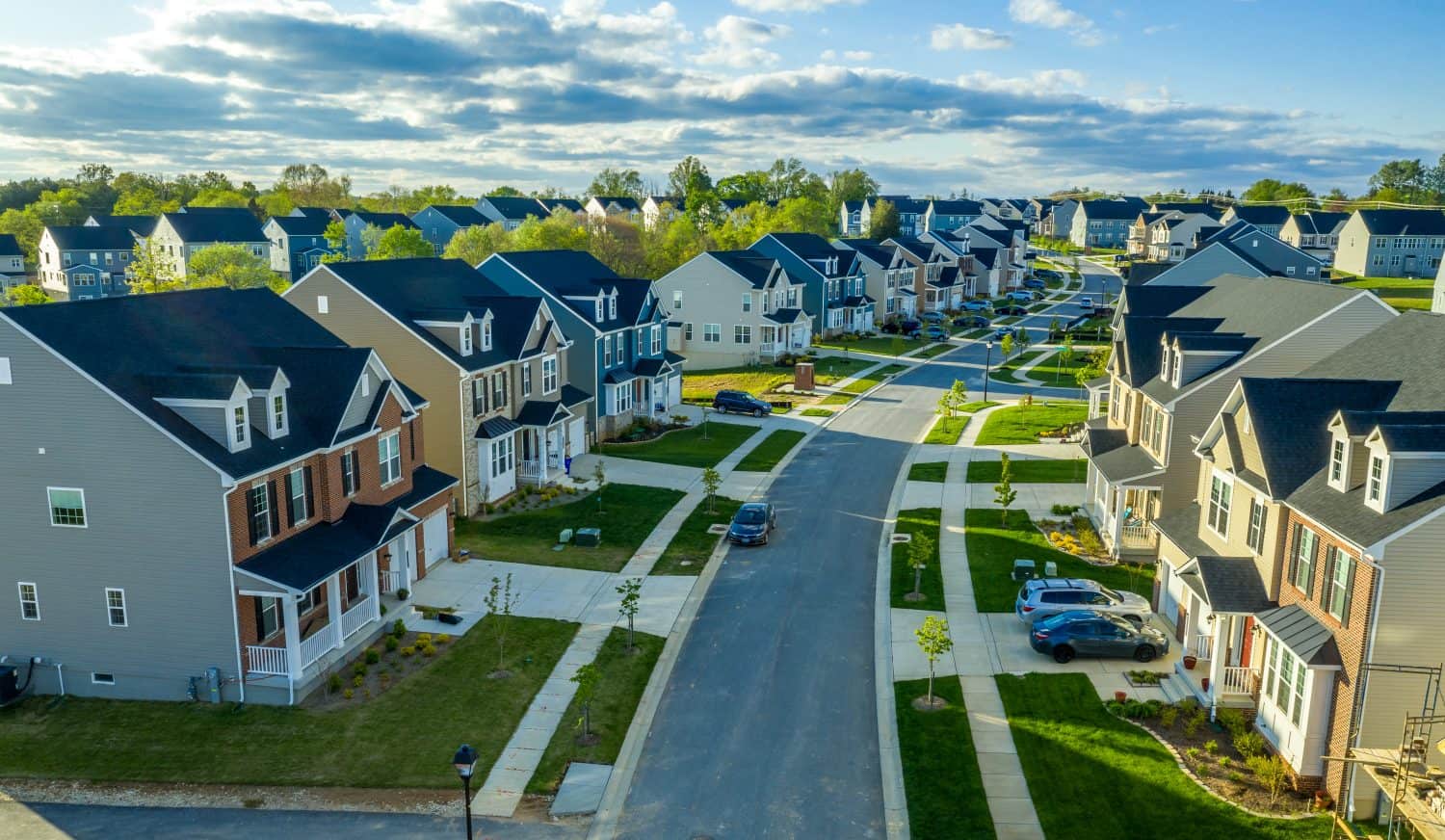
"According to a study from the Pew Research Center, 30% of the U.S. population are now considered low income, up from 27% in 1971. Over the same period, the share of Americans considered upper-income expanded from 11% to 19%."
"As generally defined by Pew, middle-income households are those earning between two-thirds and double the national median household income. Analysis of government data shows that the share of Americans who fall within this income range fell from 61% in 1971 to just 51% in 2023."
The income gap in the U.S. is widening, with 30% of the population classified as low-income, up from 27% in 1971, while upper-income households increased from 11% to 19%. This trend contributes to a declining middle class, which is often defined by vague income thresholds. Pew defines middle-income households as earning between two-thirds and double the national median income, and the percentage of Americans in this category has dropped from 61% to 51% over the years, highlighting the erosion of middle-class status amidst varying living costs across states.
Read at 24/7 Wall St.
Unable to calculate read time
Collection
[
|
...
]